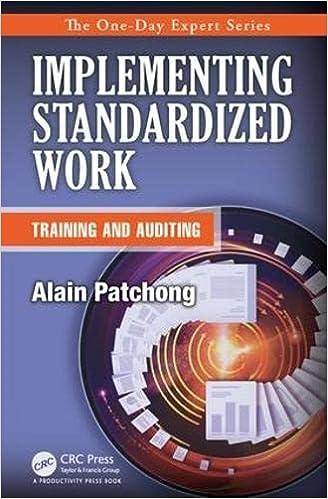Answered step by step
Verified Expert Solution
Question
1 Approved Answer
160 (0) Monetary items at closing rate: (ii) Non-monetary items: The cost and depreciation of the tangible fixed assets is translated using the exchange rate

160 (0) Monetary items at closing rate: (ii) Non-monetary items: The cost and depreciation of the tangible fixed assets is translated using the exchange rate at the date of purchase of the asset if asset is carried at cost. If tangible fixed asset is carried at fair value, translation should be done using the rate existed on the date of the valuation. (iii) The cost of inventories is translated at the exchange rates that existed when the cost of inventory was incurred and realizable value is translated applying exchange rate when realizable value is determined which is generally closing rate. (iv) Exchange difference arising on the translation of the financial statement of integral foreign operation should be charged to profit and loss account. 13.2 Non-Integral Foreign Operation: Accounts of non-integral foreign operation are translated using the following principles: Balance sheet items i.e. Assets and Liabilities both monetary and non-monetary - apply closing exchange rate. > Items of income and expenses - At actual exchange rates on the date of transactions However, accounting standard allows average rate subject to materiality. Resulting exchange rate difference should be accumulated in a foreign currency translation reserve" until the disposal of "net investment in non-integral foreign operation". Illustration 18 On 31 December, 2012 the following balances appeared in the books of Chennai Branch of an English firm having its HO office in New York: Amount in Amount in Stock on 1st Jan., 2012 2,34,000 Purchases and Sales 15,62,500 23,43,750 Debtors and Creditors 7,65,000 5,10,000 Bills Receivable and Payable 2,04,000 1,78,500 Salaries and Wages 1,00,000 Rent, Rates and Taxes 1,06,250 Furniture 91.000 Bank A/C 5,68,650 Monetary items are money held and assets and liabilities to be received or paid in fixed or determinable amounts of money, Cash, receivables and payables are examples of monetary items. 2 Non-monetary items are assets and liabilities other than monetary items. Fixed assets, investments in equity shares, inventories are examples of non-monetary assets
Step by Step Solution
There are 3 Steps involved in it
Step: 1

Get Instant Access to Expert-Tailored Solutions
See step-by-step solutions with expert insights and AI powered tools for academic success
Step: 2

Step: 3

Ace Your Homework with AI
Get the answers you need in no time with our AI-driven, step-by-step assistance
Get Started


